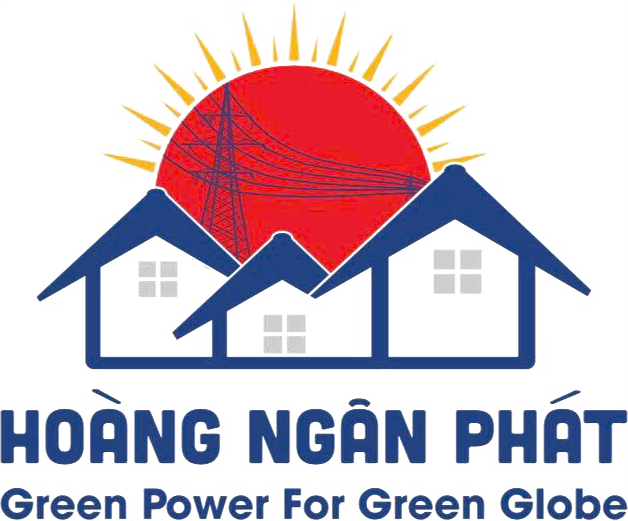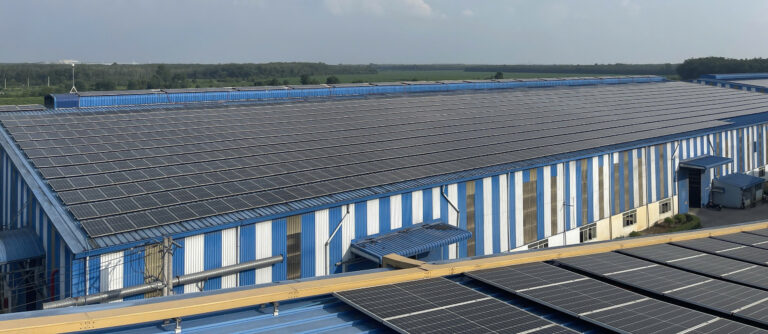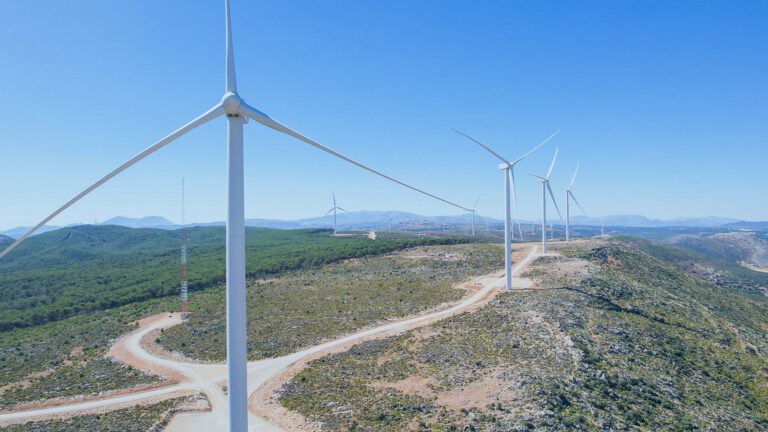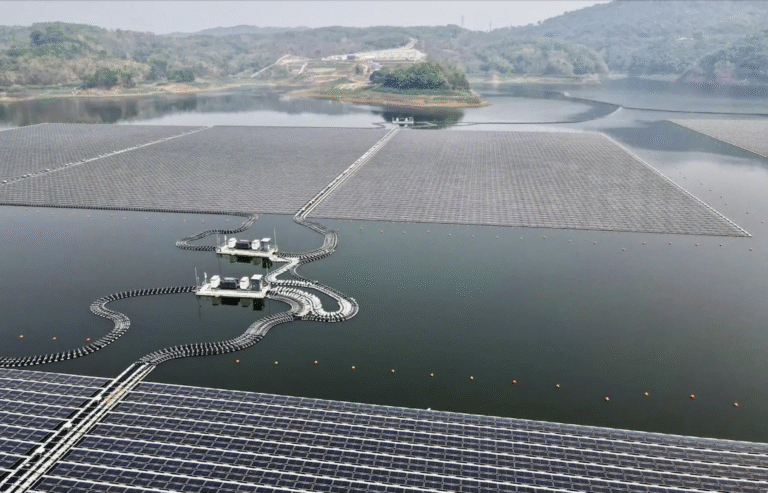The International Energy Agency (IEA) released its annual World Energy Investment Report on June 5. The report said that rising spending on clean energy will drive global energy investment to a record $3.3 trillion in 2025, despite economic uncertainty and geopolitical tensions.
According to the report, today’s investment trends clearly indicate that a new era of electricity is approaching. A decade ago, investment in fossil fuels was 30% higher than investment in power generation, grids and storage. This year, investment in electricity is expected to be about 50% higher than the total amount spent on bringing oil, natural gas and coal to market.
SOLAR TO ATTRACT MORE INVESTMENT THAN ANY OTHER CLEAN ENERGY SOURCE
Clean energy technologies, including renewables, nuclear and energy storage, will attract $2.2 trillion in investment, double the amount expected for fossil fuels.
Investments in solar, both utility-scale and rooftop, are expected to reach $450 billion by 2025, making it the largest investment in the global energy portfolio.
Capital flows into nuclear energy have increased by 50% in the past five years and are on track to reach around $75 billion by 2025.
“We see energy security emerging as a key driver of global investment growth this year to a record $3.3 trillion as countries and companies seek to protect themselves from multiple risks.”
IEA Executive Director Fatih Birol
Rapidly growing electricity demand is also supporting continued investment in coal supply, mainly in China and India. China is set to start building nearly 100 gigawatts of new coal plants in 2024, pushing global approvals for coal plants to their highest level since 2015.
Investment in battery storage is also growing rapidly, soaring above $65 billion this year. Batteries are seen as a way to mitigate the intermittency of renewable energy projects, by storing electricity during periods of surplus supply and releasing it when demand peaks. However, investment in the technology has lagged behind that of solar and wind.
In contrast, investment in oil and gas is expected to decline due to lower prices and expectations of lower demand. Lower oil prices and demand expectations will lead to the first annual decline in oil investment since the Covid crisis in 2020, the report said.
The expected 6% decline is largely due to a sharp decline in spending on tight oil in the United States. In contrast, investment in new liquefied natural gas (LNG) facilities is on track to surge as new projects in the United States, Qatar, Canada and elsewhere come online. The global LNG market will experience its largest capacity growth on record between 2026 and 2028, IEA Executive Director Fatih Birol said, amid geopolitical and economic uncertainty that is clouding the outlook for the world’s energy sector.
“We see energy security emerging as a key driver of global investment growth this year to a record $3.3 trillion as countries and companies seek to protect themselves against a range of risks,” he said.
“The rapidly evolving economic and trade landscape means some investors are taking a wait-and-see approach to new energy project approvals, but in most sectors we have yet to see a significant impact on existing projects.”
CHINA LEADS GLOBAL CLEAN ENERGY INVESTMENT
However, the IEA also warned that investment in the grid, at $400 billion a year, is lagging behind spending on power generation and electrification, which could pose a risk to electricity security.
Grid investment needs to rise to almost the same level as generation spending by the early 2030s to maintain electricity security, but this is being held back by cumbersome bureaucracy and tight supply chains for transformers and cables, the agency said.
On the other hand, energy spending patterns remain uneven across the globe.
IEA Executive Director Fatih Birol added that when the IEA published the first edition of its World Energy Investment Report nearly a decade ago, it found that energy investment in China in 2015 was only slightly higher than that in the United States. China is now the world’s largest energy investor, spending twice as much on energy as the European Union – and almost as much as the EU and the United States combined.
Specifically, the report said that over the past decade, China’s share of global clean energy spending has increased from a quarter to nearly a third, supported by strategic investments in a variety of technologies, including solar, wind, hydro, nuclear, batteries and electric vehicles. Global spending on oil and gas is moving toward the Middle East.
Meanwhile, many developing economies, especially in Africa, are struggling to raise capital for energy infrastructure.
Currently, Africa accounts for just 2% of global clean energy investment. Despite being home to 20% of the world’s population and rapidly growing energy demand, total investment across the continent has fallen by a third over the past decade due to declining fossil fuel spending and insufficient clean energy growth.
To close the financing gap in African countries and other emerging and developing economies, international public finance needs to be expanded and used strategically to attract larger volumes of private capital, the report says.









